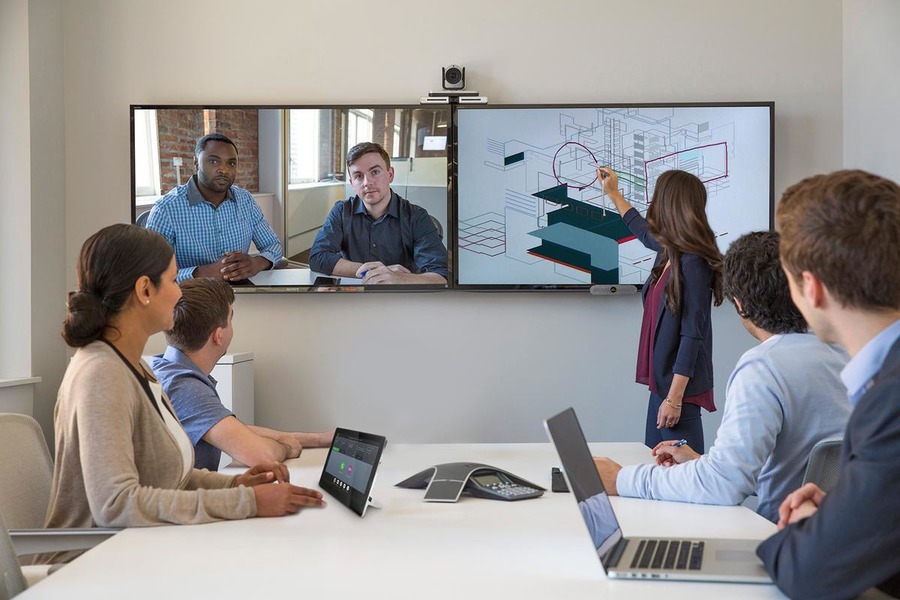Ideal Strategies for Placing Security CCTV to Enhance Monitoring Efficacy
Ideal Strategies for Placing Security CCTV to Enhance Monitoring Efficacy
Blog Article

Placing security cameras efficiently is essential to enhancing monitoring across various environments, including homes, commercial properties, and community areas. The main goal of surveillance systems is to deter criminal activity and provide proof in instances of incidents. To attain this, it is important to take into account several elements, including surveillance camera location, range of view, and the specific zones that require oversight. By understanding these factors, individuals as well as organizations can create a thorough monitoring plan that optimizes the effectiveness of their surveillance systems.
One of the initial steps in placing security systems is to determine key locations that need surveillance. Vulnerable zones, including entrances, exit points, parking areas, and locations with valuable items, should be given priority. It is crucial to consider areas not visible, which may be areas that might not be visible from specific perspectives. By mapping out these key locations, surveillance personnel can ensure that every nook remains observed, reducing the likelihood of criminal actions going undetected. Additionally, placing surveillance systems at strategic locations can help create a complete view of the property, allowing for better total security monitoring.
The field of a surveillance camera remains another important factor to take into account. Different kinds wireless security camera installation of surveillance systems offer different fields of view, that can affect how many space is recorded in the footage. For example, wide-angle cameras can monitor larger areas, rendering them ideal for spacious areas, while PTZ systems can be modified to focus on particular details. When positioning surveillance systems, it is essential to choose the right kind based on the location being monitored. This guarantees that the camera can capture clear images and provide valuable data in the event of an occurrence.
Elevation and tilt of installation also play a significant part in the effectiveness of security systems. Surveillance systems should be mounted at a height that is out of reach of potential interference but also enables for clear visibility of faces and additional recognizable details. A common recommendation is install systems at least 8 to ten ft off the ground. Additionally, the angle at which the camera is set can affect its capability to capture important information. Surveillance systems must be angled to minimize glare and prevent blockages, guaranteeing that they can record clear footage at any moments.
Finally, regular maintenance and improvements to the surveillance camera are crucial for sustained efficacy. This includes inspecting camera performance, wiping lenses, as well as ensuring that software is up to date. Frequent evaluations of the surveillance strategy can assist detect any additional areas not visible or locations that may require extra monitoring. By staying proactive and implementing required changes, people and organizations can improve their monitoring effectiveness and ensure that their surveillance solutions continue to fulfill their designated purpose.